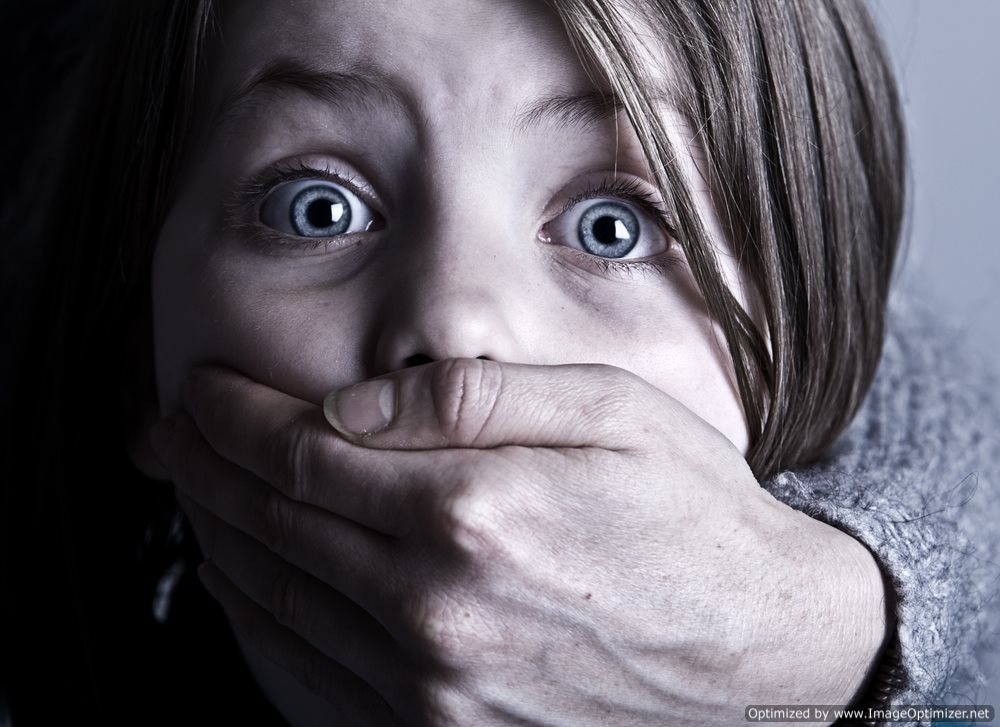Signs of Physical Abuse and Domestic Violence
 What is Physical Abuse?
What is Physical Abuse?
Victims of Physical Abuse undertaken through the setting of domestic violence are defined as individuals who have been subjected to the physical mistreatment, assault, and attacks as a result of physical abuse undertaken by one or both individuals participatory in a romantic relationship:
Unlike other forms of domestic violence and spousal abuse, physical abuse is considered to be amongst the most identifiable; conversely, mental, emotional, and psychological abuse may be absent of physical or observable evidence, resulting in difficulty reporting or prosecuting the abusive party
Physical abuse may range with regard to the severity, action, or measures undertaken within domestic violence cases; while certain physical domestic violence may include brief physical assault, other forms of physical abuse result in severe bodily harm and death
Aggravated physical abuse is defined as an abusers use of items or objects classified as ‘deadly weapons’; in contrast to standard physical abuse, the ramifications of aggravated physical abuse are considered to be amongst the most severe, ranging from critical bodily injury to death
Signs of Physical Abuse and Domestic Violence
Due to the fact that Physical Abuse motivated by domestic violence is defined as the attack or assault of an individual partner through the use of force, violence, or any other variety of physical means intended for bodily harm, the scope of physical abuse may render indication of physical abuse taking place in the forms of bruises, injuries, legions, cuts, scars, and blemishes on the body of a victim. In addition, the signs of physical abuse typically occur on a habitual and consistent basis. The following circumstances are amongst the most common with regard to the identification and recourse of physical abuse:
Domestic Violence in the form of physical can provide law enforcement with noticeable signs of bodily injury; however, this is not always the case – in certain events, fear, guilt, or shame may motivate a victim to attempt to conceal or deny their respective victimization
Amongst the most common responses to identifiable signs of physical abuse resulting from domestic violence is avoidance on the part of the victim of physical abuse; oftentimes – when asked – the victim may attempt to present untruths with regard to the origins of identifiable injuries
Assistance and Resources for Victims of Physical Abuse
In the event that any of the prospective signs and applicable circumstances listed in this article apply to you your current situation – or cases that have occurred in the past – you are encouraged to contact their local authorities or law enforcement department in order to report the details of the offense; you are encouraged to report any type of abuse or abusive situation to which you become privy – ultimately, reporting domestic violence could be a life-saving act. Despite the alarming rate of domestic violence, almost half of domestic violence abuses are not reported; remember – the opportunity to report Domestic Violence offenses in an anonymous fashion is also available to you upon contacting the National Domestic Violence Hotline through their 24-hour telephone number: (800) 799-7233.








 What is the ‘Cycle of Abuse’?
What is the ‘Cycle of Abuse’?













